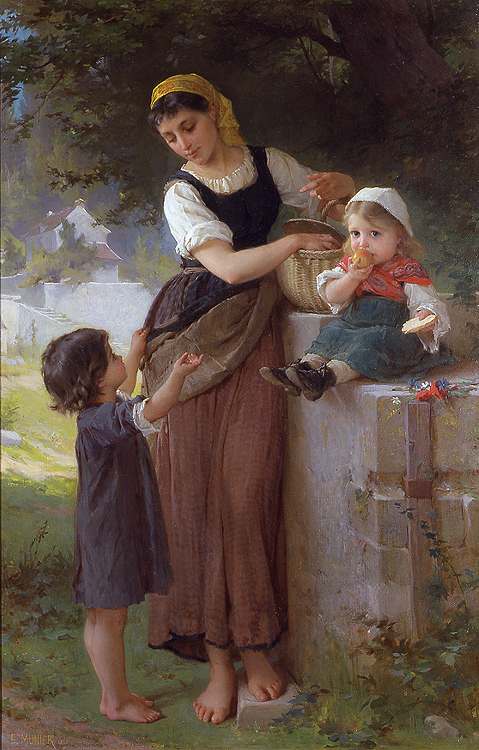|
May I Have One Too
EMILE MUNIER
(1840 - 1895)
May I Have One Too
Acrylic and oil on canvas
35 x 23 inches
Signed and dated 1880
Provenance:
Rehs Galleries, Inc., New York City
Private collection, Texas Exhibited:
Oklahoma City Museum of Art, Oklahoma City, Oklahoma, Artist as Narrator: Nineteenth Century Narrative Art in England and France, September 8 - November 27, 2005.
Emile Munier was born in Paris on June 2, 1840 and lived with his family at 66 rue des Fossés, St Marcel. His father, Pierre François Munier, was an artist upholsterer at the Manufacture Nationale des Gobelins and his mother, Marie Louise Carpentier, was a polisher in a cashmere cloth mill.
Emile and his older brother François received their early schooling at the communal school. By the time his younger brother, Florimond, was born, the family’s situation had improved and Florimond was allowed to enroll in a boarding school. All three brothers were gifted in the art of drawing and each had produced a pastel self-portrait between the ages of 13 and 14 - Emile’s is dated 1854.
All three Munier children entered the Gobelins, however François was the only one who stayed and he, like his father, eventually rose to the postion of head-foreman. Emile attended classes in drawing, painting, anatomy, perspective and chemistry, in relation to wool dyeing in order to become an artist upholsterer. The artist, Abel Lucas, supervised the drawing courses; Mr. Chabale taught the flowers and ornaments classes; chemistry was taught by Mr. Chevreuil and Mr. Decaux was the engineer of Arts et Manufactures.
Emile developed a close relationship with his professor (Abel Lucas) and his family. On August 10, 1861, Emile Munier married Henriette Lucas, Abels’ daughter, in the chapel of the Gobelins. Emile, then an artist upholsterer at the Manufacture Nationale des Gobelins, continued to draw and paint beside his father-in-law. He studied painting, in the Academic tradition, principally by interpreting works of Boucher.
During the 1860s, Emile received three medals at the Beaux-Arts and in 1869 he exhibited at the Salon. Munier became a great supporter of the Academic ideals and a follower of Bouguereau; whose subject matter would be a great inspiration to the young Emile.
In 1867, Henriette gave birth to a son, Emile Henri. Six weeks after the birth, having contracted severe rheumatism, Henriette died prematurely. In 1871, Munier abandoned his career as an upholsterer and devoted his time solely to painting; he also began teaching classes to adults three nights a week.
Sargine Augrand, a student of Abel Lucas and a close friend of Emile & Henriette (before she died), caught Emile’s eye. Sargine was teaching drawing and had acquired a certain reputation as a pastel portraitist - exhibiting at the Salon from 1863 to 1870. The young couple decided to marry and the wedding took place in Paris on January 4, 1872. The couple lived at 8 rue des Beaux-Arts, in a small apartment and studio, where Corot and Fantin-Latour also had studios.
Emile Munier frequented the studio of William Bouguereau, to whom he was well liked and appreciated. The master had even nicknamed him la sagesse (wisdom) or le sage Munier (Munier the wise). In 1873, Emile painted Le Voleur de Pommes and La Leçon de Tricot. In 1874 Sargine Munier gave birth to a daughter: Marie Louise.
Beginning in 1876, the Muniers spent their summer vacations on the Normandy sea-cost. There, Emile produced numerous drawings as well as some watercolors depicting scenes of boats and fishermen. Before joining his family for their summer vacation in 1879, he traveled to the Ardennes to paint a commissioned portrait of Madame de Chanzy. It was probably during this trip that he discovered l'Ecole de Nancy (the School of Nancy) and became acquainted with Emile Gallé, with whom he would later collaborate.
His children Henri and Marie Louise (14 and 7 years old) were his principal inspiration at the beginning of the 1880s and he would continue painting sentimental genre paintings until the end of his life. Marie-Louise is most probably the subject of Naughty boy (1880), L'enfant et le pantin (1880) and La jeune fille et la poupée (1882).
In 1883, the Muniers visited le lac du Bourget (Bourget lake) where Emile certainly painted La jeune fille au lac and La petite fille aux oranges. During their stay in Aix, Emile frequently attended Italian opera and after returning to Paris, he continued his accentuated interest for music and singing.
Emile, whom had already painted a Virgin Mary crowned with a halo in 1883, produced an infant Jesus which became the object of a very popular religious image that remained a classic of 1st communion images up to the middle of the 20th century.
In 1885 he painted, and exhibited at the Paris Salon, Trois Amis (Favourite Pets). This painting, representing a chubby girl playing on her bed with a kitten and a dog, was an extremely successful work, being reproduced in many forms and used for publicity posters by Pears Soap. With this work, Emile asserted himself as one of ‘the’ painters of young children and their pets; it was eventually acquired by an American collector.
Munier developed an exceptional talent for depicting the short-lived expressions and movements of his subjects. He also became interested in scenes of children in country situations and beginning in 1886 he would return to Auvergne on a regular basis, producing numerous sketches of young peasants among farm animals.
Many of these country scenes were the starting point of several drawings and paintings including :Le jeune chasseur (1888), La basse-cour (1889), La paysanne à la fourche (1889), La journée des confitures (1891), La jeune fille et le panier de cerises (1891), and La fillette au tricot - La lettre d'amour.
In 1886, he went back to the subject of cherubs, which he had already worked with three years earlier in Les deux cupidons (1883). His painting L'amour désarmé (Love Disarmed) presented to the Salon in 1886 again displays Bouguereau’s influence on Munier and a number of American collectors had actually attributed this work to Bouguereau.
Among his many American patrons were, Mr. & Mrs. Chapman H. Hyams. They were important collectors of contemporary French paintings during the 19th century and favored artists like Henner, Bouguereau, Gerôme, Vinel and Schreye. Munier painted their portrait in 1889, and it, along with much of their collection, is now in the New Orleans Museum of Art.
At the Salon of 1890, Emile Munier exhibited Rêve d’enfant: a little girl in her bed, surrounded by two allegoric angels. The artist in several works has recapture the girl’s face, with her eyes full of emotion. Throughout the year of 1892, Emile Munier painted mythological and religious subjects: several cupids, a goddess with an arm raised, a virgin Mary praying as well as the famous Mother and child . He continued teaching painting in Paris and attending l'Atelier de peinture de l'Ecole Polytechnique from 1892 to 1893.
In 1893 he exhibited L'esprit de la chute d'eau, at the Paris Salon, a nude nymph whom is not unlike Naissance de Vénus by Bouguereau. He also participated in l'Exposition Internationale in Chicago, where he received a medal hors concours. He executed a wonderful portrait of Marie-Louise (his daughter) in 1893 and the one of his daughter-in-law, Marguerite Aumont-Munier, in 1894. These two paintings enhanced and even idealized the two young women dear to his heart.
During the year 1894, Emile Munier produced a number of works in his well-affirmed style, including one of two cupids entitled Un sauvetage. He also painted a very unusual work Premier prix, in which a dog stands among flowers at a dog show and during his stay at Mont Dore, he produced a number of watercolor that explored the surrounding landscapes and gardens in Auvergne.
In 1895 he painted La jeune fille et le panier de chatons, celebrated his 55th birthday on June 4th and was present at the birth of his grandson, Georges, on June 20. Merely a few days later, he gave his last drawing class and succumbed to congestion cérébrale the next morning. Emile Munier died on Saturday June 29, 1895 at 9 am and was buried at the Montparnasse cemetery. |
|
|
INDEX - A VISUAL HISTORY
>
<
|
|
Virtual Exhibition Index
|
next
prev
|
 AIRY, ANNA (1882 - 1964)The Little Mirror AIRY, ANNA (1882 - 1964)The Little Mirror |
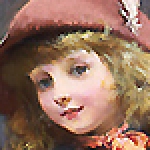 BARBER, CHARLES BURTON (1845 - 1894)Off to School BARBER, CHARLES BURTON (1845 - 1894)Off to School |
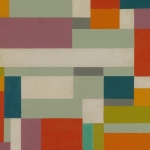 BOLOTOWSKY, ILYA (1907 - 1981)Abstract BOLOTOWSKY, ILYA (1907 - 1981)Abstract |
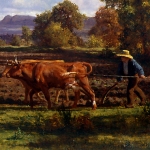 BONHEUR, AUGUSTE (1824 - 1884)Ploughing in the Nivernais BONHEUR, AUGUSTE (1824 - 1884)Ploughing in the Nivernais |
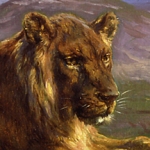 BONHEUR, ROSA (1822 - 1899)Couching Lion BONHEUR, ROSA (1822 - 1899)Couching Lion |
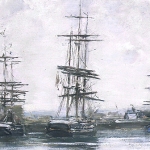 BOUDIN, EUGENE LOUIS (1824 - 1898)La bassin, Deauville BOUDIN, EUGENE LOUIS (1824 - 1898)La bassin, Deauville |
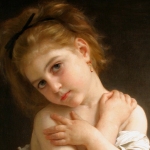 BOUGUEREAU, WILLIAM A. (1825 - 1905)La Frileuse BOUGUEREAU, WILLIAM A. (1825 - 1905)La Frileuse |
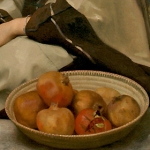 BOUGUEREAU, WILLIAM A. (1825 - 1905)Marchande de grenades (Pomegranate Seller) BOUGUEREAU, WILLIAM A. (1825 - 1905)Marchande de grenades (Pomegranate Seller) |
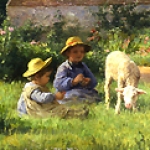 CHAIGNEAU, JEAN F. (1830 - 1906)Le Jardin de l'Artiste CHAIGNEAU, JEAN F. (1830 - 1906)Le Jardin de l'Artiste |
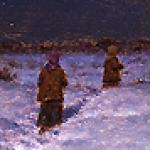 CHOULTSE, IVAN F. (b.1877)Nuit de Mars, Russie CHOULTSE, IVAN F. (b.1877)Nuit de Mars, Russie |
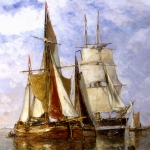 CLAYS, PAUL JEAN (1819 - 1900)Shipping on the Scheldt CLAYS, PAUL JEAN (1819 - 1900)Shipping on the Scheldt |
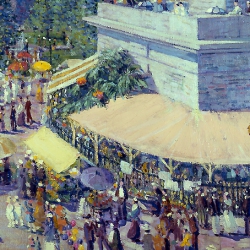 COALE, GRIFFITH BAILEY (1890 - 1950)The Baltimore Flower Mart - 1915 COALE, GRIFFITH BAILEY (1890 - 1950)The Baltimore Flower Mart - 1915 |
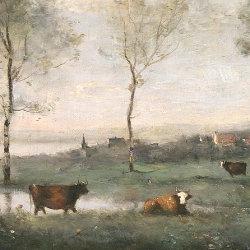 COROT, JEAN-BAPTISTE-CAMILLE (1796 - 1875)Pâturage dans les marais (Souvenir des environs d'Amiens) COROT, JEAN-BAPTISTE-CAMILLE (1796 - 1875)Pâturage dans les marais (Souvenir des environs d'Amiens) |
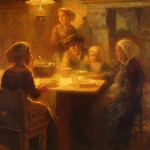 CORTÈS, EDOUARD LEON (1882 - 1969)The Breton Family CORTÈS, EDOUARD LEON (1882 - 1969)The Breton Family |
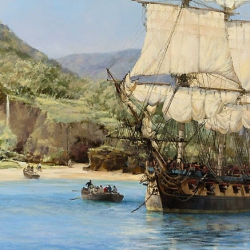 DAWSON, MONTAGUE (1895 - 1973)The Pirate's Cove, Wafer Bay, Cocos Island DAWSON, MONTAGUE (1895 - 1973)The Pirate's Cove, Wafer Bay, Cocos Island |
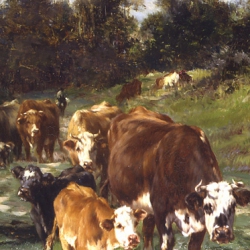 DIÉTERLE, MARIE (1856 - 1935)Troupeau dans un chemin creux DIÉTERLE, MARIE (1856 - 1935)Troupeau dans un chemin creux |
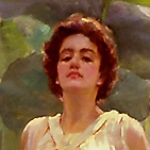 DRUMMOND, ARTHUR (1871 - 1951)Victorian Fantasy DRUMMOND, ARTHUR (1871 - 1951)Victorian Fantasy |
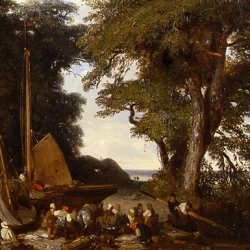 DUPRÉ, JULES (1811 - 1889)Environs de Plymouth DUPRÉ, JULES (1811 - 1889)Environs de Plymouth |
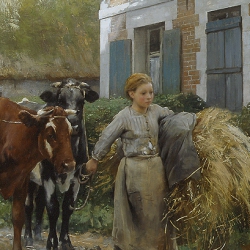 DUPRÉ, JULIEN (1851 - 1910)La rentrée au village DUPRÉ, JULIEN (1851 - 1910)La rentrée au village |
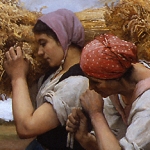 DUPRE, JULIEN (1851 - 1910)Glaneuses DUPRE, JULIEN (1851 - 1910)Glaneuses |
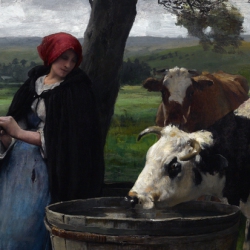 DUPRE, JULIEN (1851 - 1910)La Prairie DUPRE, JULIEN (1851 - 1910)La Prairie |
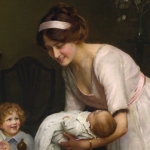 ELSLEY, ARTHUR J. (1860 - 1952)Good Night ELSLEY, ARTHUR J. (1860 - 1952)Good Night |
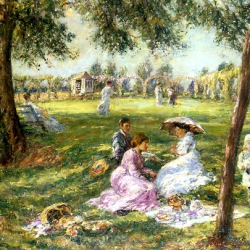 FISHER, R.A., WILLIAM MARK (1841-1923)In the Garden FISHER, R.A., WILLIAM MARK (1841-1923)In the Garden |
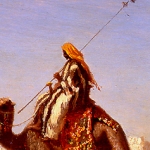 FRERE, CHARLES THEODORE (1814 - 1888)A Caravan Crossing the Desert FRERE, CHARLES THEODORE (1814 - 1888)A Caravan Crossing the Desert |
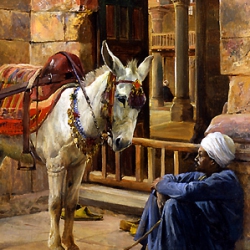 GIRARDET, EUGENE ALEXIS (1853 - 1907)Outside the Mosque GIRARDET, EUGENE ALEXIS (1853 - 1907)Outside the Mosque |
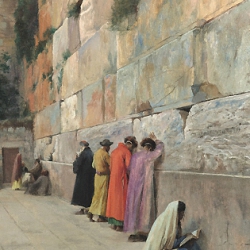 GIRARDET, EUGENE ALEXIS (1853 - 1907)The Wailing Wall GIRARDET, EUGENE ALEXIS (1853 - 1907)The Wailing Wall |
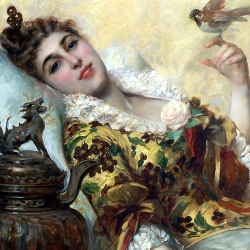 HERBO, LEON (1850 - 1907)La Charmeuse HERBO, LEON (1850 - 1907)La Charmeuse |
 ISRAELS, ISAAC (1865 - 1934)Dancing at the Moulin de la Galette ISRAELS, ISAAC (1865 - 1934)Dancing at the Moulin de la Galette |
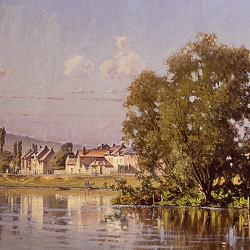 JOUBERT, LEON (fl.1883 - 1900)Un Coin de Seine a Lavacourt JOUBERT, LEON (fl.1883 - 1900)Un Coin de Seine a Lavacourt |
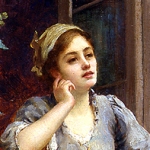 KNIGHT, DANIEL RIDGWAY (1839 - 1924)A Pensive Moment KNIGHT, DANIEL RIDGWAY (1839 - 1924)A Pensive Moment |
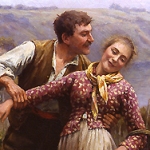 KNIGHT, DANIEL RIDGWAY (1839 - 1924)En Vendanges KNIGHT, DANIEL RIDGWAY (1839 - 1924)En Vendanges |
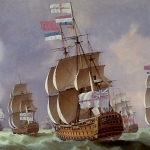 LUNY, THOMAS (1759 - 1837)Engagement Between Sir George Brydges Rodney and the Spanish Squadron, Commanded by Don Juan de Langara, Near Cape St. Vincent, January 16, 1780 LUNY, THOMAS (1759 - 1837)Engagement Between Sir George Brydges Rodney and the Spanish Squadron, Commanded by Don Juan de Langara, Near Cape St. Vincent, January 16, 1780 |
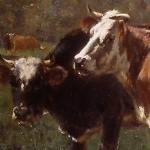 MARCKE DE LUMMEN, EMILE VAN (1827 - 1890)Vaches a Pâture MARCKE DE LUMMEN, EMILE VAN (1827 - 1890)Vaches a Pâture |
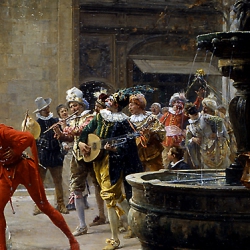 MOREAU, ADRIEN (1843-1906)Une Mascarade au XVII Siecle MOREAU, ADRIEN (1843-1906)Une Mascarade au XVII Siecle |
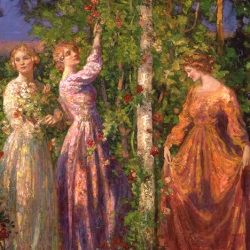 MOSTYN, TOM (1864 - 1930)Gather Ye Rosebuds While Ye May MOSTYN, TOM (1864 - 1930)Gather Ye Rosebuds While Ye May |
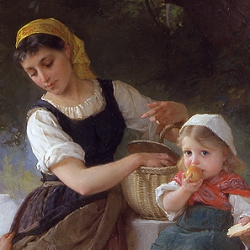 MUNIER, EMILE (1840 - 1895)May I Have One Too MUNIER, EMILE (1840 - 1895)May I Have One Too |
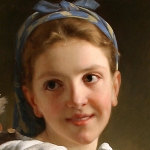 MUNIER, EMILE (1840 - 1895)La retour du marché MUNIER, EMILE (1840 - 1895)La retour du marché |
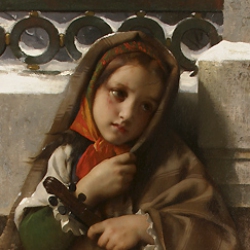 PERRAULT, LEON J.B. (1832 - 1908)Away From Home PERRAULT, LEON J.B. (1832 - 1908)Away From Home |
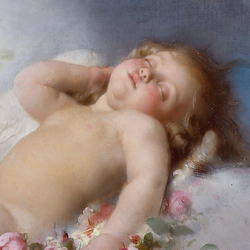 PERRAULT, LEON J.B. (1832 - 1908)Sleeping Putto PERRAULT, LEON J.B. (1832 - 1908)Sleeping Putto |
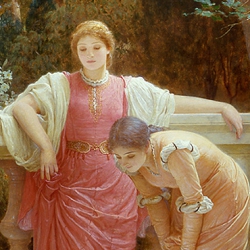 PERUGINI
, CHARLES EDWARD (1839-1918)The Green Lizard PERUGINI
, CHARLES EDWARD (1839-1918)The Green Lizard |
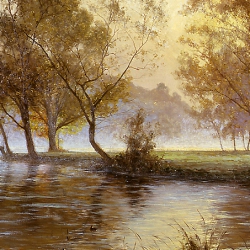 RIGOLOT, ALBERT GABRIEL (1862 - 1932)Soleil Levant dans la Brume RIGOLOT, ALBERT GABRIEL (1862 - 1932)Soleil Levant dans la Brume |
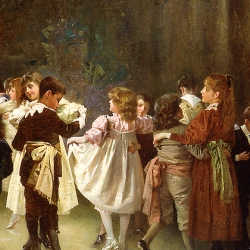 ROSSI, ALEXANDER MARK (FL.1870 - 1903)
May I Have This Dance? ROSSI, ALEXANDER MARK (FL.1870 - 1903)
May I Have This Dance? |
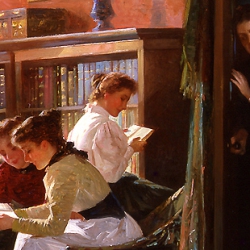 ROSSI, ALEXANDER MARK (FL.1870 - 1903)Forbidden Books ROSSI, ALEXANDER MARK (FL.1870 - 1903)Forbidden Books |
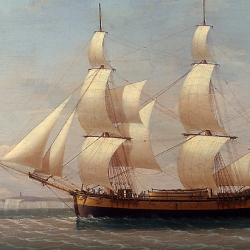 SALMON, ROBERT (1775 - c.1845)
The Estridge off Dover SALMON, ROBERT (1775 - c.1845)
The Estridge off Dover |
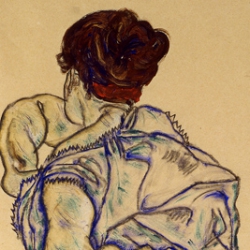 SCHIELE, EGON (1890 - 1918)Semi-nude with Green Stockings from the Back SCHIELE, EGON (1890 - 1918)Semi-nude with Green Stockings from the Back |
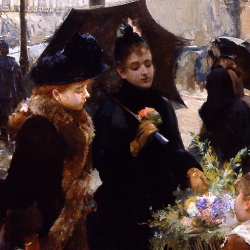 SCHRYVER, LOUIS MARIE DE (1862 - 1942)Après l’averse; - place du Théâtre-Français SCHRYVER, LOUIS MARIE DE (1862 - 1942)Après l’averse; - place du Théâtre-Français |
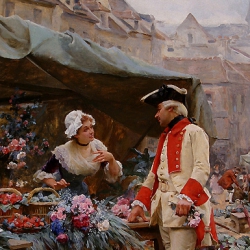 SCHRYVER, LOUIS MARIE DE (1862 - 1942)A Young Man's Fancy SCHRYVER, LOUIS MARIE DE (1862 - 1942)A Young Man's Fancy |
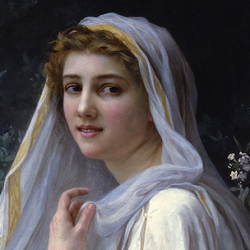 SEIGNAC, GUILLAUME (1870 - 1924)Reflections SEIGNAC, GUILLAUME (1870 - 1924)Reflections |
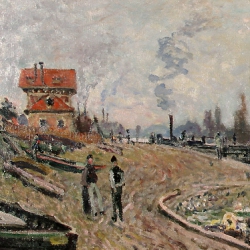 SISLEY, ALFRED (1839 - 1899)La Seine à Suresnes SISLEY, ALFRED (1839 - 1899)La Seine à Suresnes |
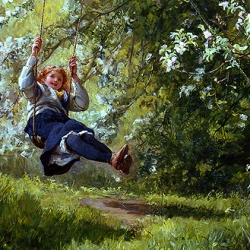 TOPHAM, FRANCIS W.W. (1838 - 1924)Young Girl on a Swing TOPHAM, FRANCIS W.W. (1838 - 1924)Young Girl on a Swing |
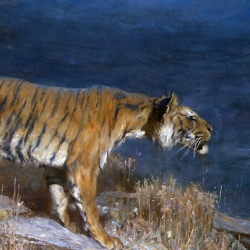 WARDLE, ARTHUR (1864 – 1949)The Deer-Stealer WARDLE, ARTHUR (1864 – 1949)The Deer-Stealer |
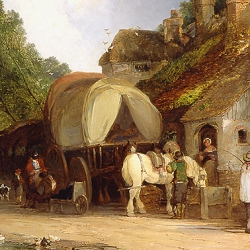 WILLIAMS, EDWARD CHARLES (1807 - 1881)The Old Roadside Inn WILLIAMS, EDWARD CHARLES (1807 - 1881)The Old Roadside Inn |
|
|
